Fiber Internet Delivery to Homes
Fiber internet is known for its high speeds, low latency, and reliability. However, not many people know how this amazing technology is delivered to their homes. In this blog post, we will explore the process of how fiber internet is delivered from network hubs to individual homes.
Step 1: Designing the Network
The first step in delivering fiber internet is designing the network. This involves determining the most efficient route from the network hub to individual homes. The network designer takes into consideration factors such as distance, terrain, and existing infrastructure to determine the best route for the fiber optic cables.
Step 2: Directional Boring and Trenching
Once the network design is finalized, the next step is to lay the fiber optic cables. This is done using two methods – directional boring and trenching. Directional boring involves drilling a small hole underground and pulling the fiber optic cable through it. Trenching involves digging a trench and laying the cable inside it.
Step 3: Pulling Fiber
After the cable has been laid, the next step is to pull the fiber optic cables through the trenches or directional boring holes. This is done using specialized equipment that can handle the delicate fiber optic cables.
Step 4: Splicing and Terminating Fiber
Once the fiber optic cables have been pulled through the trenches, the next step is to splice and terminate the fibers. This is done to connect the fibers from the network hub to individual homes. Splicing involves joining two fibers together, while terminating involves connecting the fiber optic cable to a device or terminal.
Step 5: Inside Wiring
Once the fibers are connected to the terminal or device, the next step is to wire the inside of the home. This involves running cables from the terminal to the modem, which connects to the router, and then to the devices in the home.
Step 6: Equipment Installation
After the inside wiring is complete, the next step is to install the equipment. This includes the modem, router, and any other necessary equipment.
Step 7: Testing
Once the equipment has been installed, the final step is to test the fiber internet connection. This is done to ensure that the connection is working properly and that the customer is receiving the advertised speeds.
Conclusion
The process of delivering fiber internet from network hubs to individual homes is a complex one. It involves careful planning, specialized equipment, and skilled technicians. However, the end result is a high-speed, reliable internet connection that can transform the way people live and work.








